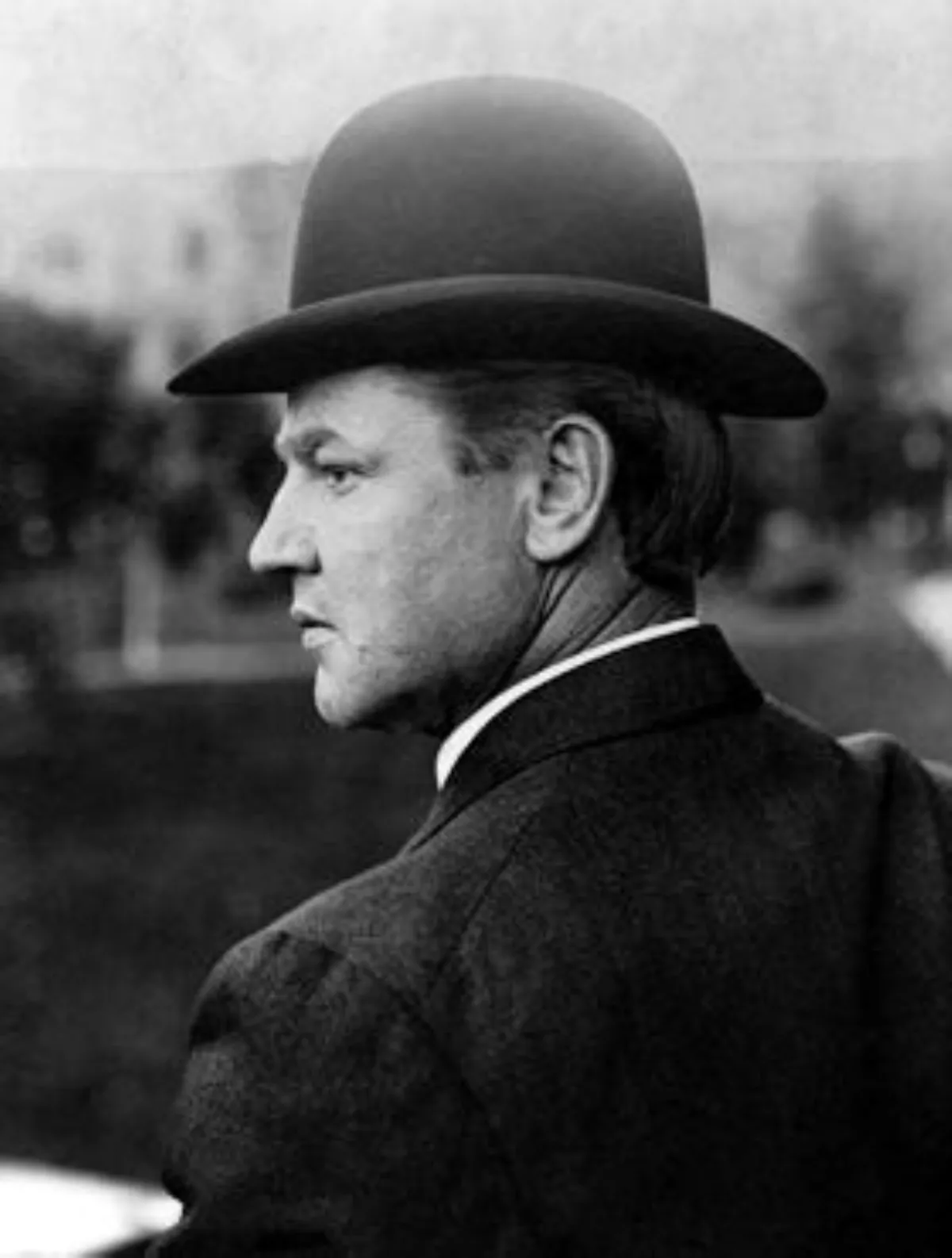 1.
1. Bill Haywood was an advocate of industrial unionism, and syndicalism, a labor philosophy that favors organizing all workers in an industry under one union, regardless of the specific trade or skill level; this was in contrast to the craft unions that were prevalent at the time, such as the AFL.